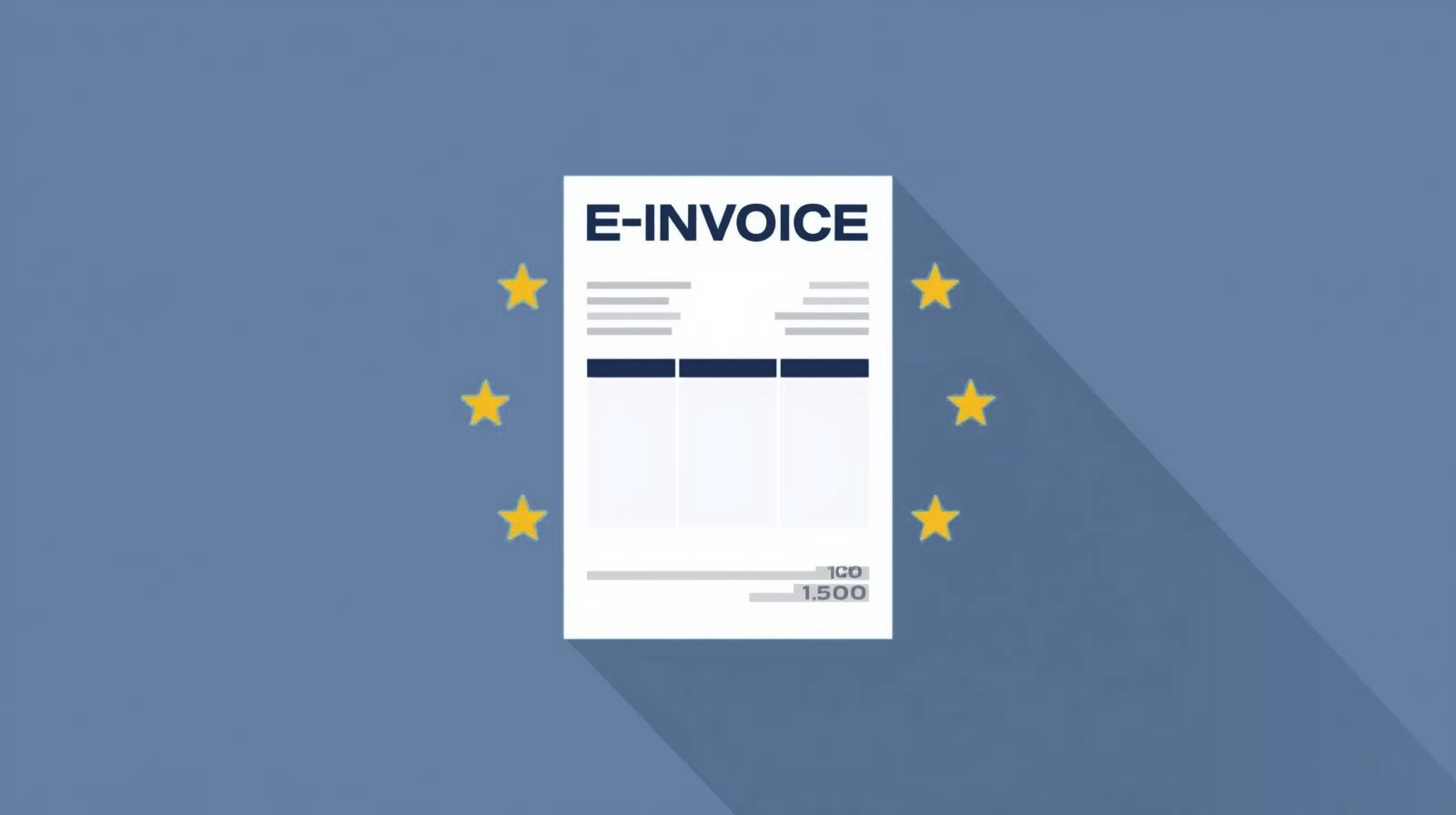The tax class determines how much income tax is deducted from an employee's gross salary. It is based on personal factors such as marital status, number of children and working conditions and therefore influences the amount of the net salary.

Detailed explanation/description:
There are six tax brackets in Germany, which are based on different life situations. Classification into a tax bracket serves to ensure that earned income is taxed as realistically and fairly as possible.
The tax classes at a glance:
- Tax class I: Single, divorced, widowed or permanently separated employees without children
- Tax class II: Single parents with entitlement to relief amount
- Tax class III: Married or registered partners with significantly higher income (partners in tax class V)
- Tax class IV: Married or registered partners with roughly the same income
- Tax class V: Partner with lower income if the other is in class III
- Tax class VI: Second and part-time jobs
Relevance in SAP Business One:
In SAP Business One, especially when using payroll accounting systemsAdd ons or external HR systems, the correct recording of the tax class is essential. It determines the calculation of income tax in the payroll process and has an impact on the employee's net pay.
Determination and change of tax class:
- Automatic assignment: Based on the reported personal data (marital status, number of children, other jobs)
- Change: Application at the tax office or online via MAGPIE
- Time: Since 2020, multiple changes per year are possible (effective from the following month)
- Joint application: Required for married couples
Notes:
- The tax class only affects the monthly wage tax, not the final tax burden (this is determined in the income tax return)
- A change can be useful to optimise wage replacement benefits such as parental allowance or short-time working allowance
Key features/important aspects:
- Basis for correct payroll accounting
- An important influencing factor for the monthly Liquidity of employees
- Relevant for HR integration in SAP Business One
Advantages/benefits (optional):
- Optimisation of monthly net income
- Simplification of payroll accounting through clear allocation
Best practices/instructions for use (optional):
- Regular review in the event of life changes (e.g. marriage, birth, part-time job)
- Use of tax class calculators for optimisation
Target group:
Payroll accountants, HR managers, employees, tax consultants

Verifactu in Spain: the new invoicing obligation

The e-invoicing regulations in Europe

Versino Financial Suite V09.2025 for SAP Business One

Accounting outsourcing: Why it pays off for SMEs

CANDIS for SAP Business One
